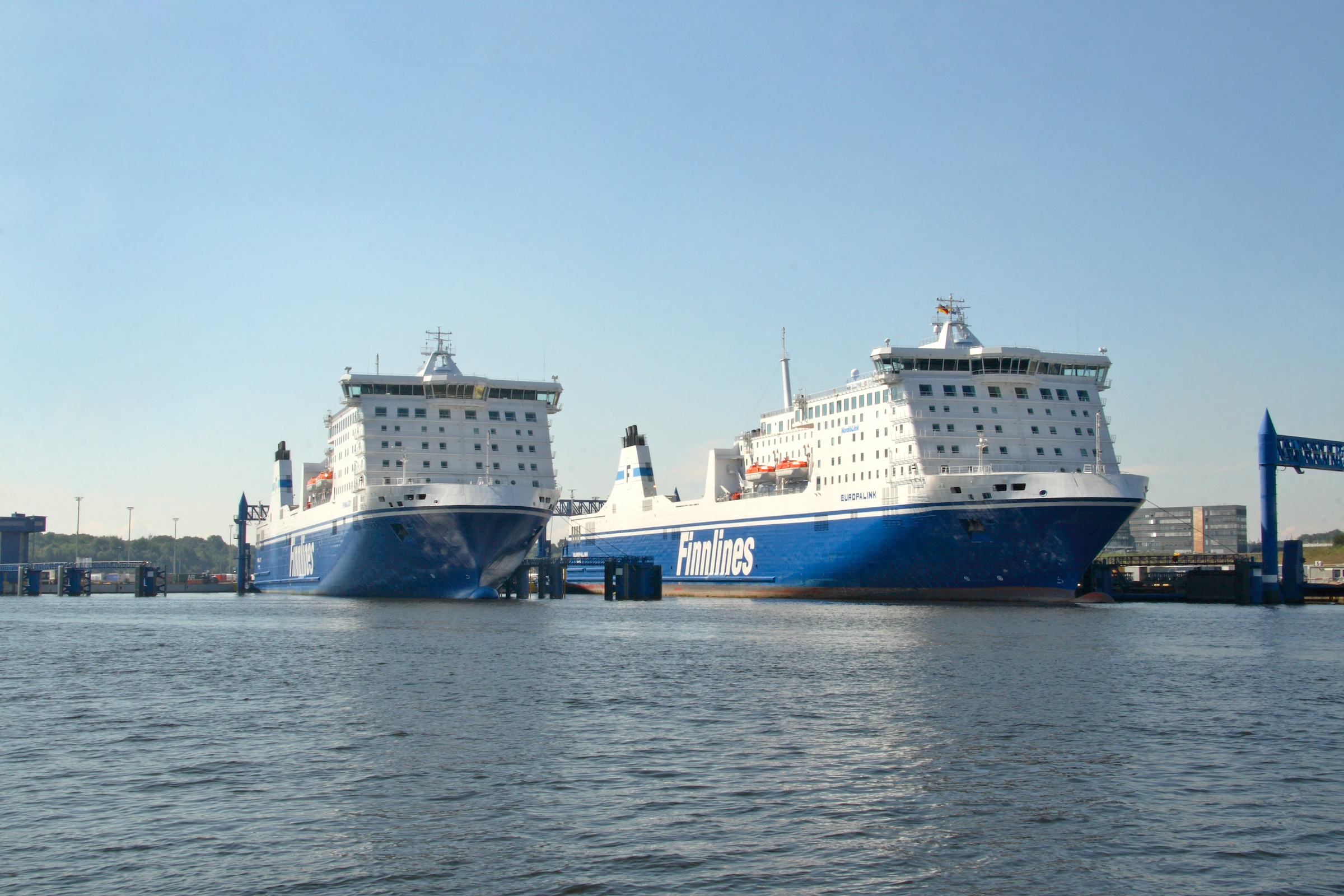With its Ro-Ro and Ro-Pax vessels, the Finnish shipping company Finnlines Oyj (based in Helsinki) has a significant share of the transport volume in the passenger and freight segments of the Baltic Sea, North Sea and Bay of Biscay. In the passenger segment, Finnlines and its subsidiaries concentrate on ferry connections between Baltic Sea ports.
The history of Finnlines began as an initiative to transport timber by sea from Finland to America. Founded in 1947, Finnlines created a second mainstay alongside its freight business in 1962 by transporting passengers. The first line connected the southern Finnish port of Hanko with the Lübeck port of Travemünde. Over the decades, the majority shareholding in Finnlines has changed significantly several times. Since 2016, the Italian Grimaldi Group has been the sole shareholder of Finnlines.
One of the most important routes for sea travel between Germany and Scandinavia is the ferry route offered by Finnlines between Travemünde and Helsinki. All year round, three Star-class ro-pax ferries (freight, car and passenger ferries) carry passengers from Germany to Finland. The ferries take around 29 hours to cover the 600 nautical mile distance. This crossing time requires one to two overnight stays on board.
In contrast, the Finnlines ferries from Travemünde to Malmö, the "Gateway to Sweden", take just nine hours. The three ferries on this route operate up to three times a day. In addition to Travemünde, Rostock is also a port that travelers can use for a Finnlines trip to Helsinki. Finnlines also offers special trips, including to St. Petersburg.
The shipping company strives to combine comfort for ferry passengers with high safety standards on its ships. All Finnlines ferries have the top standard of ice class 1A. Finnlines is proud of the fact that the emissions of its ships have been reduced by 30% since 2008. Green hybrid technology plays an important role in the newbuildings that are due to enter service in the next few years.
